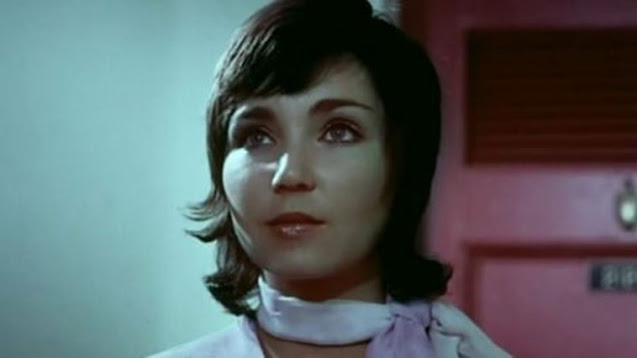****
This next selection is very much the Horror-film-by-proxy. I won’t get to see The Shining, or The Exorcist this evening but I can certainly listen to them, and this collection of Krzysztof Penderecki works contains selections from those films (and INLAND EMPIRE). Across this double CD, the Polish composer turns the traditional orchestra into an avant-garde labyrinth of woozy strings, brooding rumbles, ominous silences and disruptive percussive effects. It’s good to listen to this collection again, and hear those pieces so familiar from The Shining in their entirety, rather than the fragments Kubrick selected, judiciously so it must be said. As well as the titles listed above, James Horner's score for Aliens is strongly reminiscent of Penderecki's work especially the 1976 piece The Dream Of Jacob, included in this collection (and one of the pieces heard in The Shining)
****
Carrion for Worm, the 1991 long-player from Arizona’s Nuclear Death is quite possibly the most unnerving album that emerged from the first wave of Death Metal. Deicide waged war on Christianity, and Cannibal Corpse and Autopsy drenched their albums in outrageous splatter but Nuclear Death were genuinely out on a limb, and lyrically their songs read like extracts from the diaries of Se7en’s John Doe.
Little boy with little penis
plays his organ in the dark;
his lust will forever be
with the feces of his homosexual lovers;
the boy will forever dine
on the feces of his homosexual lovers;
Little boy, perverted boy
don't grow up, just die...
Indeed. Carrion for Worm is a fantastic sounding album, with churning distorted guitars, grindcore velocity blast beats, and the demonic howl of vocalist Lori Bravo, a rare case of a woman fronting an extreme metal group. It's a shame the band never clawed its way out of the underground. Last year I read Choosing Death, a very good account of the early Death Metal scene and the author mentioned the mighty Bolt Thrower and their female bass player - a singular case of a woman in a death metal band. Evidently the author never heard of Nuclear Death.








